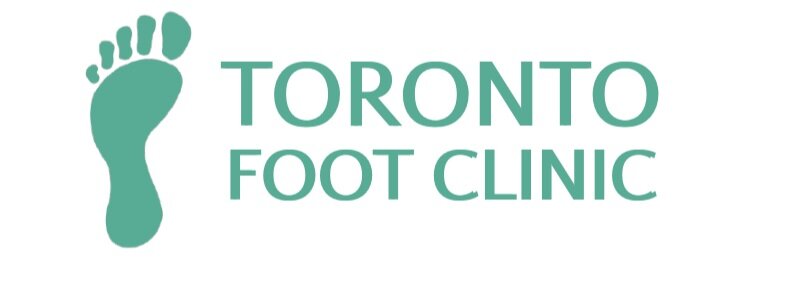HEEL PAIN
WHAT IS HEEL PAIN / PLANTAR FASCIITIS?
Heel pain is the most common foot complaints, and is something experienced by thousands of people every day. It can affect one or both heels and is often worse first thing in the morning (talk about getting up on the wrong side! Ouch!), and eases up later in the day. There are two common conditions associated with heel pain - Plantar Fasciitis and Heel Spurs.
WHAT IS PLANTAR FASCIITIS? Latin for "inflammation of the plantar fascia", the plantar fascia is a thick, fibrous ligament that runs under the foot from the heel bone to the toes. It forms the arch of the foot and functions as our natural shock-absorbing mechanism. Unlike muscle tissue, the plantar fascia is not very elastic and therefore is very limited in its capacity to stretch or elongate.
When too much traction is placed on the plantar fascia (for various reasons) micro-tearing will occur, resulting in irritation, inflammation and pain. Plantar Fasciitis usually causes pain under the heel. However some people may experience pain under the arch of the foot. Both heel pain and arch discomfort are related to Plantar Fasciitis, with heel pain being far more common than arch pain.
WHAT IS A HEEL SPUR? A heel spur is a bony growth at the front/underside of the heel bone. It is a type of calcification that is also referred to "calcaneal" (Latin for heel bone). Spurs develop due to the body responding to the constant traction and pulling from the plantar fascia ligament away from the heel bone.
After your diagnosis of Plantar Fasciitis, you may be required to have an X-Ray taken; a heel spur will show clearly on an X-Ray of your foot. Luckily, calceneal spurs are not painful. Pain is only caused because of inflammation of the tissue surrounding the heel spur. Many who suffer from Plantar Fasciitis do not have a heel spur and vice-versa. Spurs take many years to develop, they can also be found at the back of the heel (near the Achilles Tendon) or in other parts of the body.
HOW DO I KNOW I HAVE IT? One sign is that the pain in your heel is more intense with those first steps out of bed in the morning, or after sitting for a prolonged period. During rest, our muscles and ligaments tend to shorten and tighten up. The tightening of the plantar fascia means more traction on the ligament, which makes the tissue even more sensitive. Once you put weight on it, stretching out and can result in a stabbing pain. After you walk around for a bit, the ligament warms up, becomes more flexible, and reduces to more of a dull ache. After walking a long distance or standing for hours the pain is likely to return.
WHAT CAUSES IT? Different contributing factors can overstretch the plantar fascia ligament under the foot including:
Activities such as running, walking, or standing for long periods
Weight gain - excess weight places great pressure on the bones, nerves, muscles and ligaments in the feet. Plantar Fasciitis can sometimes occur during pregnancy
Age - as we get older ligaments become tighter, shorter, and our muscles become weaker
Footwear with improper support
Walking barefoot - especially on hard surfaces like concrete or tiles.
Low arch/flat feet/overpronation - where feet roll over, arches collapse and foot elongates.
HOW CAN I TREAT IT? There are a variety of ways Plantar Fasciitis can be treated. During your assessment, we will explore the options that will best work for you.
Stretching. There are different calf muscle stretches can allow your foot to function more effectively
Strapping, which is a way to support the arch of the foot, taking the load off the plantar fascia and reducing stress on your heel
Shockwave Therapy, which can help reduce swelling and stimulate blood flow.
Anti-inflammatories (always check with your doctor or pharmacist before beginning treatment)
Orthotic insoles, which can an help offload and support the heel and improve long term foot mechanics.
Changing your footwear! Correct footwear can improve foot mechanics that may be over-working.
Injection Therapy can aid in the reduction of inflammation and swelling and encourages blood flow to the affected area.

